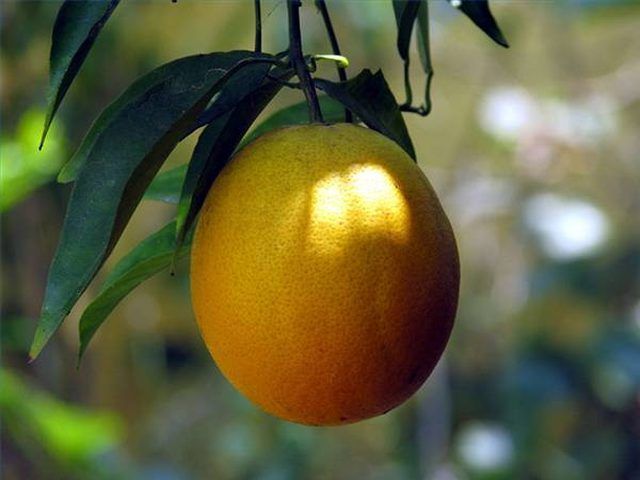Bulbs
Flower Basics
Flower Beds & Specialty Gardens
Flower Garden
Garden Furniture
Garden Gnomes
Garden Seeds
Garden Sheds
Garden Statues
Garden Tools & Supplies
Gardening Basics
Green & Organic
Groundcovers & Vines
Growing Annuals
Growing Basil
Growing Beans
Growing Berries
Growing Blueberries
Growing Cactus
Growing Corn
Growing Cotton
Growing Edibles
Growing Flowers
Growing Garlic
Growing Grapes
Growing Grass
Growing Herbs
Growing Jasmine
Growing Mint
Growing Mushrooms
Orchids
Growing Peanuts
Growing Perennials
Growing Plants
Growing Rosemary
Growing Roses
Growing Strawberries
Growing Sunflowers
Growing Thyme
Growing Tomatoes
Growing Tulips
Growing Vegetables
Herb Basics
Herb Garden
Indoor Growing
Landscaping Basics
Landscaping Patios
Landscaping Plants
Landscaping Shrubs
Landscaping Trees
Landscaping Walks & Pathways
Lawn Basics
Lawn Maintenance
Lawn Mowers
Lawn Ornaments
Lawn Planting
Lawn Tools
Outdoor Growing
Overall Landscape Planning
Pests, Weeds & Problems
Plant Basics
Rock Garden
Rose Garden
Shrubs
Soil
Specialty Gardens
Trees
Vegetable Garden
Yard Maintenance
How to Protect Orange Trees From Freezing
How to Protect Orange Trees From Freezing. Orange and other citrus trees do not tolerate cold weather well and can suffer damage when exposed to frost or freezing temperatures. If below-freezing temperatures are expected, protect your orange trees, or they may not survive.

Orange and other citrus trees do not tolerate cold weather well and can suffer damage when exposed to frost or freezing temperatures. If below-freezing temperatures are expected, protect your orange trees, or they may not survive.
Things You'll Need
Hose
Blankets
Light or heat source
Stakes
Hammer
How to Protect Orange Trees from Freezing
Use a hose to water the canopy of the tree and the ground around the tree. You may need to add more water to the tree leaves, if the cold weather lasts more than a day.
Wrap a blanket, towel or burlap sack around the tree's bud union. This is the part of the tree where the roots and the scion come together and should be recognizable by a change in the color and/or texture of the tree's bark.
Hang a shop light or other light containing an incandescent bulb in the tree to provide heat. Be careful that you do not mix water and electricity when you are hanging the light in the tree or adding water to the tree's canopy.
Cover the tree with blankets or another heavy cloth. The cloth should cover the tree completely and reach all the way to the ground.
Use the stakes and a hammer to secure the blanket covering the tree to the ground.
Uncover the tree and remove the lamp, as soon as the danger of frost and freezing has passed.
Tips & Warnings
To give your orange trees the best chance of surviving cold weather, choose one of the more cold-tolerant varieties, such as sour or navel oranges. Plant the trees in an area where it will receive direct sunlight and be protected from the wind. Never prune an orange tree in the fall or winter.
This procedure will usually protect trees from frost, but may not keep trees from freezing. Orange trees cannot always be saved from freezing, depending on how cold it gets and how long the temperature stays below freezing.